terric
terric's Latest Posts
Dean Camesano selected for Fulbright IEA Seminar in France
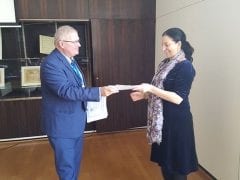
Dean Camesano was selected as a participant in the Fulbright International Education Administrators’ Seminar program in France. During October, 2018, she had the opportunity to travel with other US higher Ed leaders to a number of universities in Montpellier and Paris. The goal of her participation was to forge connections with leaders of French Universities, […]
New Biomacromolecules paper on membrane-binding activity of human peptide LL37

Recent Camesano lab PhD graduate, Lindsay Lozeau, is the first author of a new publication in the ACS journal, Biomacromolecules, on the membrane-binding activity of the human antimicrobial peptide LL37. This study was a collaboration with Professor Marsha Rolle from Biomedical Engineering, and Professor Nima Rahbar and post-doc Sina Youssefian from the Department of Civil and […]
IGERT Cohort Graduates
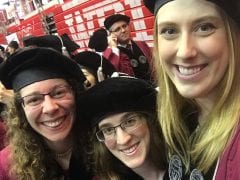
In 2012, WPI recruited a cohort of PhD students for IGERT: Training Innovative Leaders in Biofabrication. In May 2018, all 3 received their PhDs from WPI. Congratulations to Dr. Lindsay Lozeau, Dr. Hannah Strobel, and Dr. Katrina Kansen!
New study on tethered antimicrobial peptides published in Journal of Physical Chemistry B
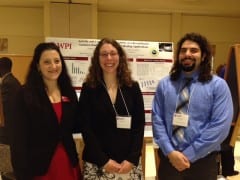
Two PhD students in the Camesano lab, Lindsay Lozeau and Todd Alexander, are co-first authors on a new manuscript that will be published in the Journal of Physical Chemistry B, Proposed Mechanisms of Tethered Antimicrobial Peptide Chrysophsin-1 as a Function of Tether Length Using QCM-D. The team studied the binding properties of the antimicrobial peptide […]
Research on antimicrobial lipopetides with Khon Kaen University published

The antimicrobial activity of a novel family of lipopetides was recently reported in Biochimica and Biophysica Acta BBA- Biomembranes. Sawinee Nasompag was a Visiting Researcher in the Camesano laboratory during the 2013-2014 academic year. She learned to use atomic force microscopy so that she could incorporate membrane perturbation studies into her Master’s thesis at Khon Kaen […]
Nanoparticle size determines ability to interact with cell membranes
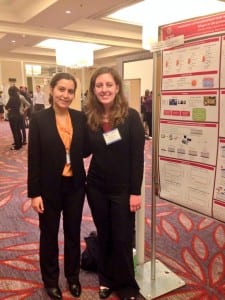
Nanoparticles hold great promise for their use in a number of technologies, but the way that they can interact with cell membranes needs to be further studied both for the application of nano-advances in nanomedicine as well as for determining the safety of nanoparticles. The Camesano Lab published a new study in Biophysical Chemistry that […]
Camesano Lab collaborates with Hanyang University, publishes nanoparticle research
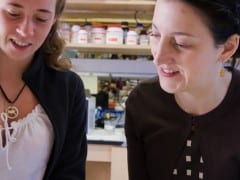
Ellie Kamaloo, who is working on her PhD degree with Professor Camesano in Chemical Engineering, was awarded an NSF East Asia and Pacific Summer Institute Fellowship in 2014. She collaborated with Professor Jonghoon Choi at Hanyang University on a project related to a novel method of synthesizing fluorescent silicon nanoparticles from used Si wafers. This […]
International Collaborations in Belgium, Germany, and France

Dean Camesano recently visited several universities in Europe to talk about international research exchange opportunities for WPI students. She was able to visit with Professor Rolle, who is currently on sabbatical at the University of Stuttgart on a DAAD Fellowship.
Study published on large bacterial protein responsible for adhesion
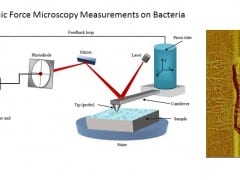
The Camesano lab recently published a study in the Journal of Bionanoscience on the role of a large adhesion proteins, LapA and LapG, in controlling the behavior of Pseudomonas fluorescens. This study was led by WPI alum Mary Schwartz, who graduated with a BS in Chemical Engineering in 2014. The study was done in collaboration […]
Publication on analysis of bacterial adhesion forces
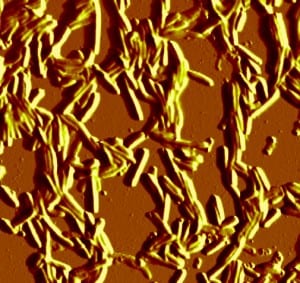
The adhesion of bacteria to surfaces such as biomedical devices, food preparation surfaces, and industrial equipment has implications for numerous applications. Samantha O’Connor, who recently completed her MS degree in Physics, recently published the work: A high throughput matlab program for automated force–curve processing using the AdG polymer model, in the Journal of Microbiological Methods, […]

